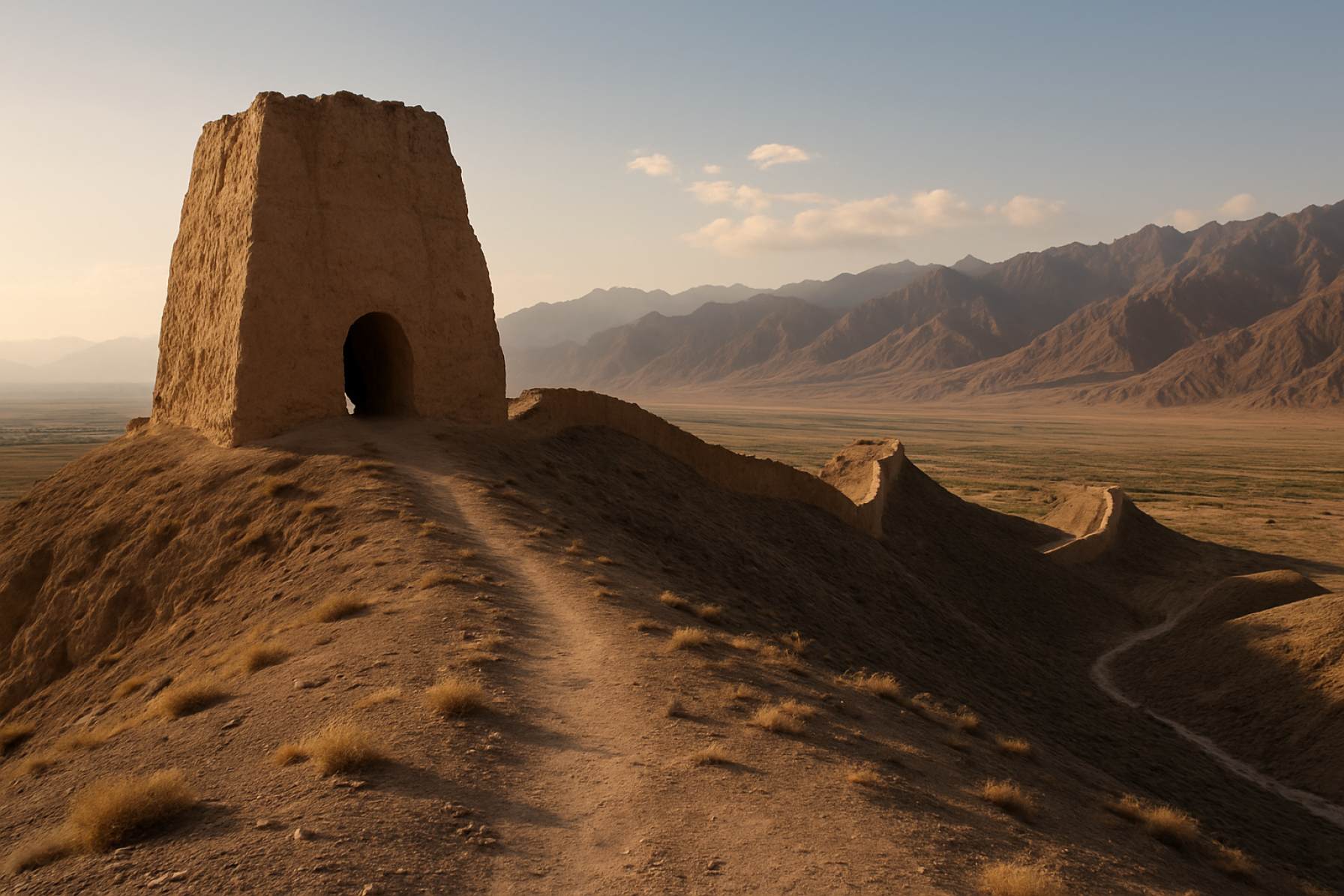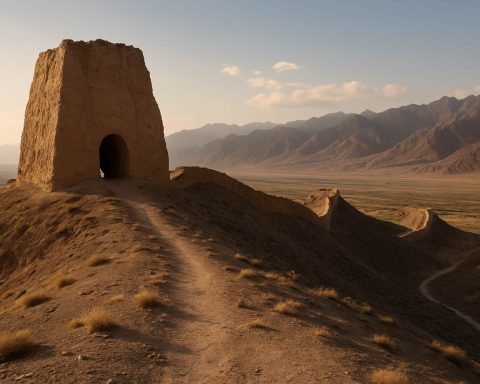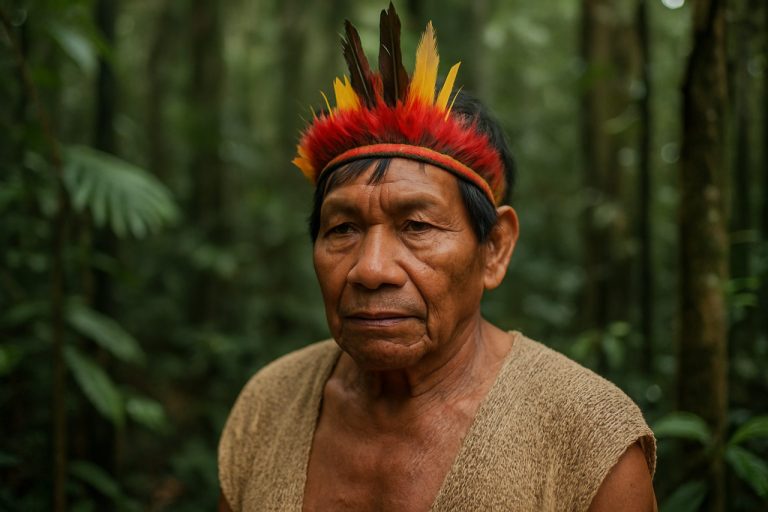Unlocking the Secrets of the Hexi Corridor: How This Strategic Passageway Transformed Trade, Culture, and Power Across Asia. Discover the Untold Stories Behind China’s Legendary Silk Road Artery.
- Introduction: The Geographic and Historical Significance of the Hexi Corridor
- The Hexi Corridor as the Lifeline of the Silk Road
- Cultural Exchange and the Spread of Ideas Along the Corridor
- Military Strategy and the Defense of Ancient China
- Economic Impact: Trade, Agriculture, and Urban Development
- Archaeological Discoveries and Historical Sites
- Modern Relevance: The Hexi Corridor in Contemporary China
- Conclusion: Legacy and Lasting Influence of the Hexi Corridor
- Sources & References
Introduction: The Geographic and Historical Significance of the Hexi Corridor
The Hexi Corridor, a narrow strip of land stretching approximately 1,000 kilometers along the northern edge of the Tibetan Plateau in present-day Gansu Province, China, has long been recognized for its profound geographic and historical significance. Bounded by the Qilian Mountains to the south and the Gobi Desert to the north, this corridor forms a natural passageway connecting the heartland of China with Central Asia. Its unique topography—fertile oases interspersed with arid stretches—made it the principal route of the ancient Silk Road, facilitating the movement of goods, people, and ideas between East and West for over two millennia UNESCO World Heritage Centre.
Historically, the Hexi Corridor served as a strategic buffer zone and a contested frontier for various Chinese dynasties, including the Han, Tang, and Ming, who established military garrisons and administrative centers to secure this vital artery. The region’s oases, such as Dunhuang, Zhangye, and Jiuquan, flourished as cosmopolitan hubs where merchants, monks, and diplomats converged, leaving behind a rich legacy of art, architecture, and religious diversity Encyclopædia Britannica. The corridor’s control was crucial not only for economic prosperity but also for the defense of the Chinese empire against nomadic incursions from the north and west.
Today, the Hexi Corridor remains a testament to its enduring role as a bridge between civilizations, with its archaeological sites and cultural landscapes offering invaluable insights into the historical dynamics of Eurasian exchange China Daily.
The Hexi Corridor as the Lifeline of the Silk Road
The Hexi Corridor, a narrow strip of land stretching over 1,000 kilometers between the Tibetan Plateau and the Gobi Desert in present-day Gansu Province, was the principal artery of the ancient Silk Road, serving as its lifeline for centuries. This strategic passage connected the heartland of China with Central Asia, facilitating not only the exchange of silk, spices, and precious goods but also the transmission of ideas, religions, and technologies. The corridor’s unique geography—flanked by the Qilian Mountains to the south and the Mazong and Longshou Mountains to the north—created a natural route that protected travelers from the harshest desert conditions and provided access to vital oases such as Dunhuang, Zhangye, and Jiuquan. These oasis towns flourished as bustling trade hubs, offering rest, supplies, and security to caravans traversing the vast Eurasian continent.
The Hexi Corridor’s significance extended beyond commerce. It was a conduit for cultural and religious diffusion, notably the spread of Buddhism from India into China, as evidenced by the renowned Mogao Caves near Dunhuang, which house thousands of Buddhist murals and manuscripts. The region’s control was fiercely contested by various dynasties and nomadic powers, underscoring its geopolitical importance. The Han Dynasty’s military campaigns to secure the corridor in the 2nd century BCE marked the beginning of sustained Sino-Central Asian interactions, shaping the political and economic landscape of the Silk Road for centuries to come (UNESCO; Encyclopædia Britannica).
Cultural Exchange and the Spread of Ideas Along the Corridor
The Hexi Corridor, a narrow stretch of land in northwestern China, played a pivotal role as a conduit for cultural exchange and the dissemination of ideas between East and West. As a critical segment of the ancient Silk Road, the corridor facilitated not only the movement of goods such as silk, spices, and precious metals, but also the transmission of religious beliefs, artistic styles, and technological innovations. Buddhist missionaries, for example, traveled through the Hexi Corridor from India to China, leading to the establishment of Buddhist temples and cave complexes, such as the renowned Mogao Caves near Dunhuang, which became centers of religious activity and artistic production UNESCO.
The corridor’s strategic location attracted diverse populations, including Han Chinese, Sogdians, Tibetans, and various Central Asian peoples, fostering a cosmopolitan environment. This multiculturalism is evident in archaeological finds, such as manuscripts in multiple languages and artistic motifs blending Chinese, Persian, and Greco-Buddhist influences The British Museum. The exchange of ideas extended to science and technology, with innovations like papermaking and irrigation techniques spreading along the route. The Hexi Corridor thus served as a dynamic bridge, shaping the intellectual and cultural landscape of Eurasia for centuries The Metropolitan Museum of Art.
Military Strategy and the Defense of Ancient China
The Hexi Corridor played a pivotal role in the military strategy and defense of ancient China, serving as both a buffer zone and a strategic gateway between the Chinese heartland and the vast steppes of Central Asia. Its narrow, elongated geography—flanked by the Qilian Mountains to the south and the Gobi Desert to the north—made it a natural chokepoint, crucial for controlling movement along the Silk Road and for defending against nomadic incursions. During the Han dynasty, the establishment of fortified towns and military garrisons along the corridor, such as at Dunhuang and Jiuquan, was instrumental in securing the empire’s western frontier and ensuring the safe passage of goods and envoys Encyclopædia Britannica.
The corridor’s defense was not merely about repelling invasions; it was also about projecting Chinese influence into Central Asia. The construction of the Great Wall’s western extensions and beacon towers in the region exemplified the integration of military infrastructure with frontier policy. Control over the Hexi Corridor allowed successive dynasties to monitor and manage the flow of people, information, and resources, making it a linchpin in the broader security architecture of imperial China. The military significance of the corridor persisted through the Tang and Ming dynasties, as it remained a contested zone between Chinese forces and various nomadic groups, including the Xiongnu and later the Mongols National Museum of China.
Economic Impact: Trade, Agriculture, and Urban Development
The Hexi Corridor has historically served as a vital economic artery, shaping the fortunes of northwestern China through its roles in trade, agriculture, and urban development. As a key segment of the ancient Silk Road, the corridor facilitated the exchange of silk, spices, precious metals, and cultural ideas between China and Central Asia, fostering prosperity in cities such as Dunhuang, Zhangye, and Jiuquan. These urban centers thrived as commercial hubs, attracting merchants, artisans, and travelers, and their legacy is still evident in the region’s rich archaeological and architectural heritage (UNESCO).
Agriculturally, the Hexi Corridor’s unique geography—flanked by the Qilian Mountains and the Gobi Desert—enabled the development of oasis-based farming systems. Ancient irrigation techniques, such as the karez system, allowed for the cultivation of wheat, barley, and later, cash crops like cotton and grapes. This agricultural productivity not only sustained local populations but also supplied passing caravans and supported the growth of urban settlements (Encyclopædia Britannica).
In modern times, the Hexi Corridor remains economically significant. It is a strategic corridor for China’s Belt and Road Initiative, with investments in transportation infrastructure, renewable energy, and logistics hubs revitalizing the region. Urban development continues apace, with cities leveraging their historical legacy and geographic position to attract tourism and industry, ensuring the Hexi Corridor’s enduring role as an economic linchpin in northwestern China (National Development and Reform Commission of the People’s Republic of China).
Archaeological Discoveries and Historical Sites
The Hexi Corridor, a vital passageway in northwestern China, has yielded a wealth of archaeological discoveries that illuminate its role as a crossroads of civilizations. Excavations along this corridor have uncovered remnants of ancient settlements, fortifications, and burial sites, reflecting the region’s significance as a conduit for trade, migration, and cultural exchange along the Silk Road. Notably, the ruins of the ancient city of Jiuquan and the Han Dynasty fortifications at Dunhuang and Yumen Pass provide tangible evidence of the military and administrative presence that safeguarded this strategic route (UNESCO).
Among the most remarkable finds are the Mogao Caves near Dunhuang, a UNESCO World Heritage Site, which house thousands of Buddhist murals, sculptures, and manuscripts dating from the 4th to the 14th centuries. These caves not only showcase the artistic achievements of the region but also serve as a testament to the religious and cultural interactions fostered by the corridor’s connectivity (UNESCO World Heritage Centre). Additionally, the discovery of ancient tombs, such as those at the Xuanquanzhi postal relay station, has provided insights into the daily life, funerary practices, and material culture of the peoples who traversed and inhabited the Hexi Corridor (National Museum of China).
These archaeological sites collectively underscore the Hexi Corridor’s historical importance as a melting pot of cultures and a linchpin in the network of the ancient Silk Road.
Modern Relevance: The Hexi Corridor in Contemporary China
The Hexi Corridor, once a vital artery of the ancient Silk Road, continues to hold significant strategic and economic relevance in contemporary China. As a narrow strip of land stretching through Gansu Province, it serves as a crucial link between the heartland of China and Central Asia. In recent decades, the Chinese government has prioritized the development of the Hexi Corridor as part of its broader regional revitalization and infrastructure initiatives, notably under the Belt and Road Initiative (BRI). This has led to substantial investments in transportation networks, including highways, railways, and logistics hubs, transforming the corridor into a modern conduit for trade and cultural exchange National Development and Reform Commission.
The region is also emerging as a hub for renewable energy, particularly wind and solar power, due to its favorable geographic and climatic conditions. Large-scale energy projects in the Hexi Corridor contribute to China’s national goals for carbon reduction and energy diversification National Energy Administration of China. Additionally, the corridor’s agricultural output, especially in specialty crops and animal husbandry, supports both local economies and national food security.
Culturally, the Hexi Corridor remains a symbol of China’s historical openness and multicultural heritage. Efforts to preserve and promote its archaeological sites and intangible cultural assets have increased, attracting both domestic and international tourism Ministry of Culture and Tourism of the People's Republic of China. Thus, the Hexi Corridor’s modern relevance lies in its multifaceted role as a bridge for economic development, energy innovation, and cultural exchange in contemporary China.
Conclusion: Legacy and Lasting Influence of the Hexi Corridor
The Hexi Corridor’s legacy is deeply embedded in the historical, cultural, and economic fabric of China and Central Asia. As a vital artery of the ancient Silk Road, it facilitated not only the exchange of goods such as silk, spices, and precious metals, but also the transmission of ideas, religions, and technologies between East and West. The corridor’s strategic importance shaped the rise and fall of dynasties, influenced military campaigns, and fostered the growth of cosmopolitan cities like Dunhuang and Zhangye, which became centers of art, learning, and religious diversity UNESCO.
Today, the Hexi Corridor’s enduring influence is visible in the region’s multicultural heritage, archaeological sites, and the continued relevance of its trade routes in modern initiatives such as China’s Belt and Road Initiative Belt and Road Forum for International Cooperation. The corridor’s role in shaping the cultural landscape of Eurasia is evident in the art, manuscripts, and religious relics preserved in sites like the Mogao Caves, which bear witness to centuries of cross-cultural interaction UNESCO World Heritage Centre.
In sum, the Hexi Corridor stands as a testament to the power of connectivity and exchange, its legacy continuing to inspire scholarship and international cooperation. Its historical significance underscores the enduring value of cultural dialogue and the interconnectedness of civilizations across time.
Sources & References
- UNESCO World Heritage Centre
- China Daily
- UNESCO
- The Metropolitan Museum of Art
- National Development and Reform Commission of the People’s Republic of China
- National Museum of China
- National Energy Administration of China
- Ministry of Culture and Tourism of the People's Republic of China









